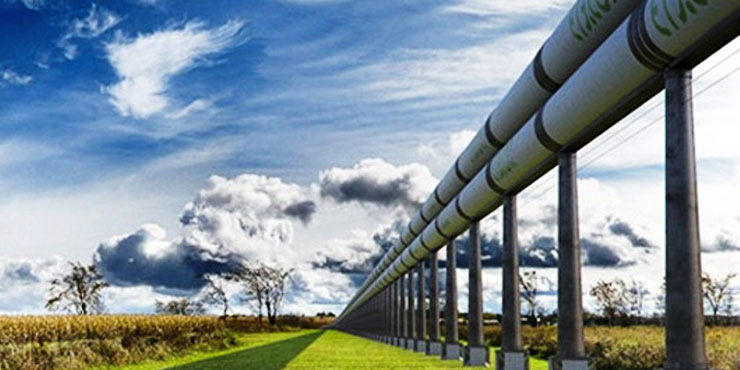Towards the end of the 17th century, Ferdinand Verbiest, a Flemish Jesuit missionary, began drawing up plans for a steam-powered trolley which is thought to be the prototype for what is today’s automobile. Centuries later, the “horseless carriage” was considered the way of the future: a new technology that would carry the times as a revolutionary mode of transportation. Many saw this as an insane and unrealistic approach to the issue of travel, but many saw this as a beginning.
The same is true now in the 21st century with the ETT, or Evacuated Tube Transport. Using linear electric motors to accelerate a superconducting maglev capsule five feet in diameter within a tube, extremely fast, even intercontinental, travel within a few hours is made legitimately possible. A near-vacuum environment in the tube allows for no drag, so once the capsules are up to speed (some reaching speeds of 4,000-6,500 mph), they can then “coast” unpropelled the rest of the journey. Much of the energy needed to propel the capsule inside the tube could logically be recaptured in the pod’s deceleration at the end of the journey.
While this may seem like an illogical means of transportation, it is really a lot more simple than the fancy terms and unfamiliar lingo make it out to be. The ETT system, once the infrastructure is put in place, would be a mostly self-sustaining method of travel. The rate of and height of acceleration depends on the length of the journey. A shorter trip would require much slower travel speeds (say 370 mph) compared to a trip spanning thousands of miles like the journey from New York to Beijing (estimated between 4,000mph and 6,000 mph).
While these speeds may seem daunting, it is important to keep in mind the time frame of acceleration that the tubes would allow for. It would take the tubes about three minutes to reach 4,000 mph, at which time the capsule would have already traveled 100 miles. The deceleration process is also one that is intended to be a slow one, making short journeys only feasible at slower speeds.
Another bonus of this tube system would be its silence. Because it works through electric motors, magnets, and vacuums, it would be a very quiet mode of transportation. Unlike the roar of jet engines or the dull hum of tires on a freeway, the tubes would offer an almost silent journey, regardless of top speed. Another bonus for consumers if the ETT system were to become a reality would be the cost. Once the infrastructure is built, the cost of travel would be relatively low, especially compared to travel costs today.
Think of traveling: exhausting, time-consuming, and more hassle than it seems to be worth often. Be it by car, plane, train, or boat, modern travel doesn’t quite line up with our expedient and on-demand lives. Within milliseconds, you can hypothetically attain anything on the internet from a bus, a car, or your bed between the various devices plaguing our pockets and desks. Why isn’t travel on the same speedy page?


Comments are closed.